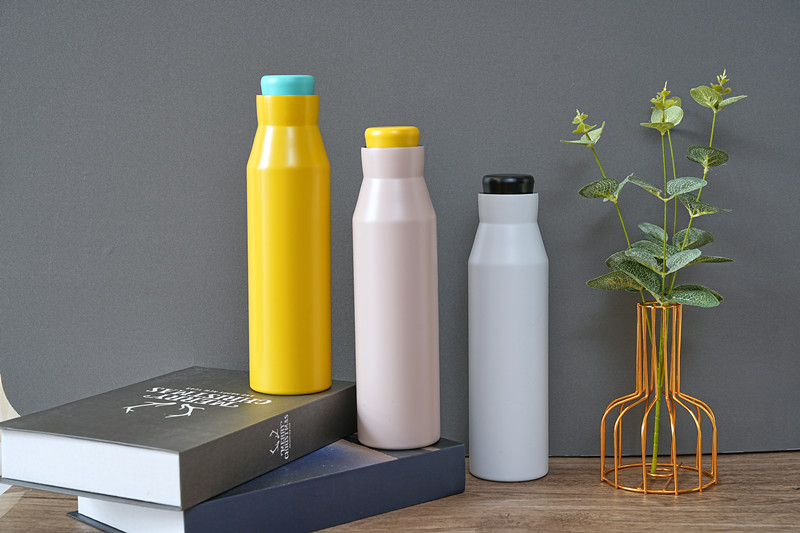Why will they be different in heat preservation time for the vacuum thermos mug in stainless steel. Here are some of main factors below:
-
Material of the thermos: Using affordable 201 stainless steel, if the process is the same. In the short term, you won't notice a significant difference in insulation time, but 201 stainless steel is prone to corrosion and leakage of the vacuum layer after prolonged use, which affects the insulation efficiency.
- Vacuuming process: The most crucial factor affecting insulation efficiency. If the vacuuming technology is outdated and there is residual gas, the cup body will heat up after filling with hot water, greatly impacting insulation efficiency.
- Styles of the thermos: Straight cup and bullet head cup. Due to the internal plug design of the bullet head cup, it has a longer insulation duration compared to the straight cup with the same material. However, in terms of aesthetics, volume, and convenience, the bullet head cup falls slightly short.
- Cup diameter: A smaller cup diameter results in better insulation efficiency, but smaller diameters often lead to designs that cater to smaller, more delicate cups, lacking a sense of substance and grandeur.
- Sealing ring of the cup lid: Normally, the thermos cup should not leak, as leakage would significantly reduce insulation efficiency. If there is a leakage issue, please check and adjust the sealing ring.
- Room temperature: The temperature of the liquid inside the thermos gradually approaches room temperature. Thus, the higher the room temperature, the longer the insulation duration. Lower room temperatures lead to shorter insulation times.
- Air circulation: When testing insulation efficiency, it's best to choose an environment with no wind. The more air circulation, the more frequent the heat exchange between the inside and outside of the thermos.
- Capacity: The more hot water the thermos contains, the longer the insulation will last.
- Water temperature: Hot water at higher temperatures cools down faster. For instance, freshly boiled water poured into the cup is around 96 degrees Celsius; after a short period, it cools rapidly. Water dispensers typically have an upper limit of around 85 degrees Celsius for temperature, resulting in a maximum water temperature of about 85 degrees Celsius.
Post time: Aug-15-2023
